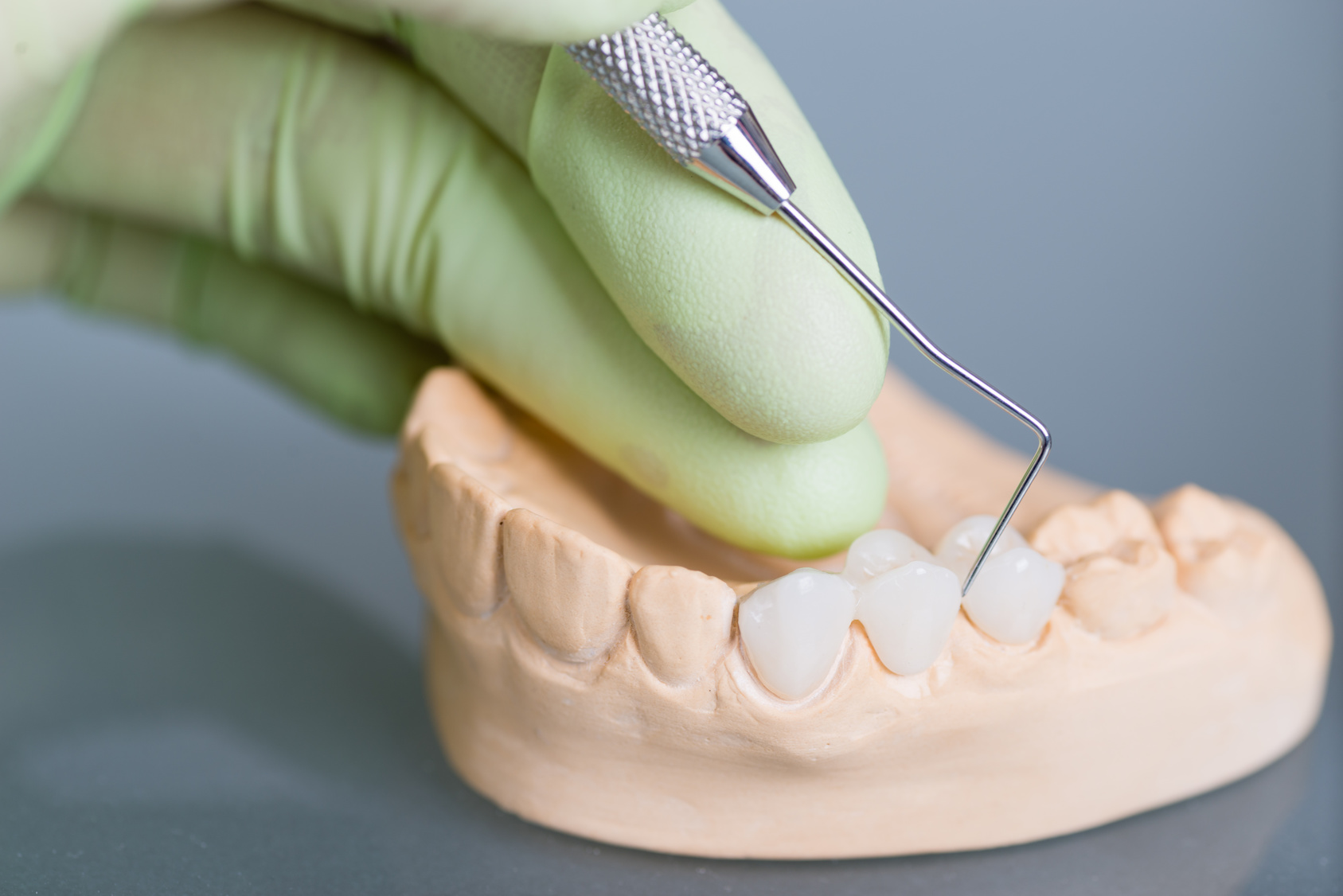Dental Crown Vs Bridge

When it comes to restoring damaged or missing teeth, two popular options are dental crowns and bridges. While both can help improve the appearance and function of your smile, they serve different purposes and have distinct advantages. In this comprehensive guide, we’ll delve into the world of dental crowns and bridges, exploring their differences, benefits, and applications.
Understanding Dental Crowns
A dental crown is a cap that covers a tooth to restore its shape, size, and strength. Crowns are typically used to repair teeth that are severely decayed, cracked, or broken. They can be made from a variety of materials, including porcelain, ceramic, gold, and composite resin. The primary goal of a crown is to encase the tooth, protecting it from further damage and improving its appearance.
There are several types of crowns, each with its own unique characteristics. For instance:
- Porcelain crowns: These crowns are popular for their natural appearance and are often used for front teeth. They’re made from a ceramic material that mimics the color and translucency of natural teeth.
- Gold crowns: Gold crowns are strong and durable, making them ideal for back teeth. They’re also resistant to wear and tear, ensuring a long-lasting restoration.
- Composite resin crowns: These crowns are made from a tooth-colored material that’s both affordable and aesthetically pleasing.
Understanding Dental Bridges
A dental bridge, on the other hand, is a prosthetic device that replaces one or more missing teeth. Bridges consist of two crowns that anchor the device to adjacent teeth, with a false tooth (or teeth) suspended between them. The primary goal of a bridge is to fill the gap left by a missing tooth, restoring the appearance and function of your smile.
There are several types of bridges, each with its own unique characteristics. For instance:
- Traditional bridges: These bridges are the most common type and involve placing crowns on the adjacent teeth to support the bridge.
- Cantilever bridges: These bridges are used when there’s only one adjacent tooth to support the bridge. They’re typically used for back teeth.
- Maryland bridges: These bridges are attached to the adjacent teeth using metal wings, rather than crowns.
Key Differences Between Crowns and Bridges
While both crowns and bridges are used to restore damaged or missing teeth, there are significant differences between the two. Here are the key distinctions:
- Purpose: Crowns are designed to repair a single tooth, while bridges are used to replace one or more missing teeth.
- Materials: Crowns can be made from a variety of materials, including porcelain, gold, and composite resin. Bridges, on the other hand, are typically made from porcelain or ceramic.
- Process: The process of getting a crown involves preparing the tooth, taking impressions, and placing the crown. The process of getting a bridge involves preparing the adjacent teeth, taking impressions, and placing the bridge.
- Cost: Crowns are generally less expensive than bridges, especially if only one tooth is being repaired.
Benefits of Crowns and Bridges
Both crowns and bridges offer numerous benefits, including:
- Improved appearance: Crowns and bridges can enhance the appearance of your smile, boosting your confidence and self-esteem.
- Restored function: Crowns and bridges can restore the function of your teeth, allowing you to eat, speak, and chew with ease.
- Protection: Crowns can protect damaged teeth from further decay or damage, while bridges can prevent adjacent teeth from shifting or becoming misaligned.
- Long-lasting: With proper care, crowns and bridges can last for many years, providing a long-lasting solution to your dental needs.
Real-World Applications
Let’s consider a few scenarios to illustrate the applications of crowns and bridges:
- Scenario 1: A patient has a severely decayed tooth that’s causing them discomfort. In this case, a crown would be an ideal solution, as it would repair the tooth and prevent further damage.
- Scenario 2: A patient is missing a tooth and wants to restore their smile. In this case, a bridge would be an excellent option, as it would replace the missing tooth and restore the appearance of their smile.
Step-by-Step Guide to Getting a Crown or Bridge
- Consult with your dentist to determine the best course of treatment for your unique needs.
- Prepare your teeth for the crown or bridge by undergoing any necessary procedures, such as fillings or root canals.
- Take impressions of your teeth to create a model for the crown or bridge.
- Place the crown or bridge, making any necessary adjustments to ensure a comfortable and secure fit.
FAQ Section
What's the difference between a crown and a bridge?
+A crown is a cap that covers a tooth to restore its shape, size, and strength, while a bridge is a prosthetic device that replaces one or more missing teeth.
How long do crowns and bridges last?
+Crowns and bridges can last for many years with proper care, typically ranging from 5 to 15 years or more.
Are crowns and bridges painful?
+While some discomfort may be associated with the preparation process, crowns and bridges are generally not painful. Your dentist will work with you to ensure your comfort throughout the procedure.
In conclusion, dental crowns and bridges are two popular options for restoring damaged or missing teeth. While they share some similarities, they have distinct differences in terms of purpose, materials, and process. By understanding the benefits and applications of crowns and bridges, you can make informed decisions about your dental health and achieve a beautiful, functional smile.


